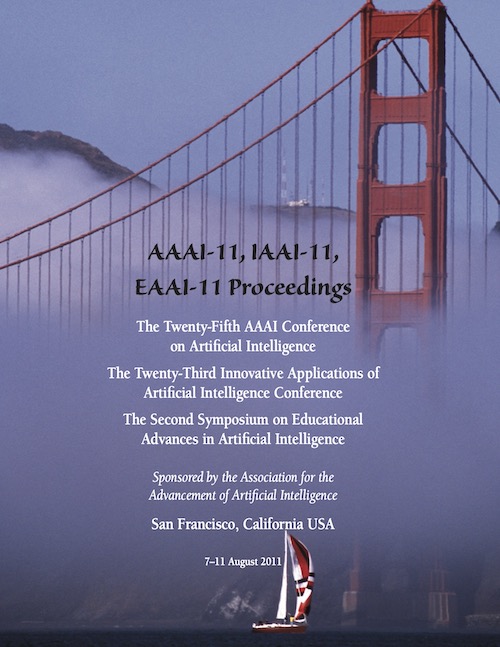Abductive Inference for Combat: Using SCARE-S2 to Find High-Value Targets in Afghanistan
DOI:
https://doi.org/10.1609/aaai.v25i2.18861Abstract
Recently, geospatial abduction was introduced by the authors in (Shakarian, Subrahmanian, and Sapino 2010) as a way to infer unobserved geographic phenomena from a set of known observations and constraints between the two. In this paper, we introduce the SCARE- S2 software tool which applies geospatial abduction to the environment of Afghanistan. Unlike previous work, where we looked for small weapon caches supporting local attacks, here we look for insurgent high-value targets (HVT’s), supporting insurgent operations in two provinces. These HVT’s include the locations of insurgent leaders and major supply depots. Applying this method of inference to Afghanistan introduces several practical issues not addressed in previous work. Namely, we are conducting inference in a much larger area (24, 940 sq km as compared to 675 sq km in previous work), on more varied terrain, and must consider the influence of many local tribes. We address all of these problems and evaluate our software on 6 months of real-world counter-insurgency data. We show that we are able to abduce regions of a relatively small area (on average, under 100 sq km and each containing, on aver- age, 4.8 villages) that are more dense with HVT’s (35× more than the overall area considered).

